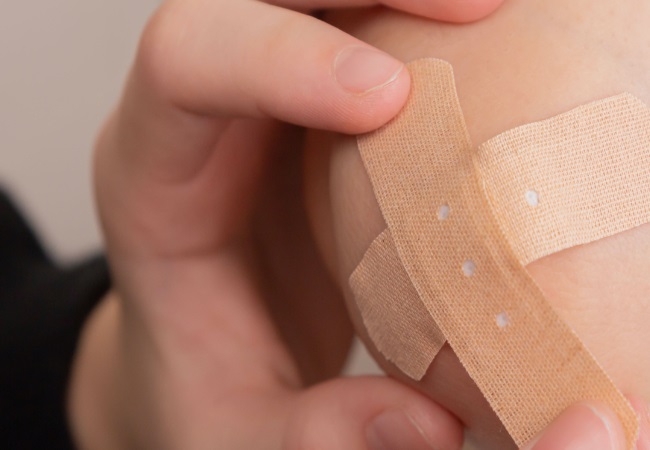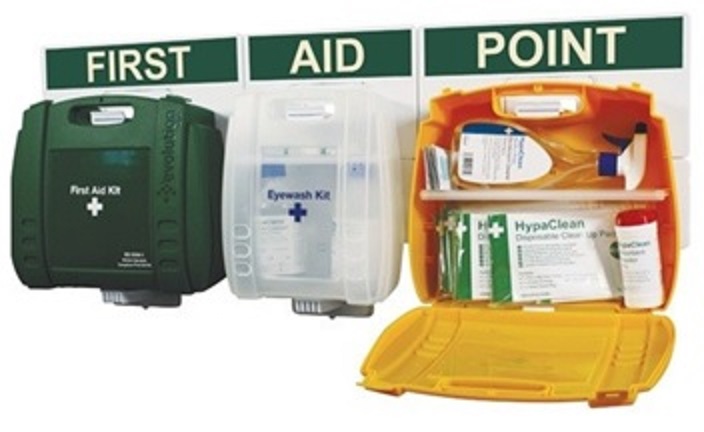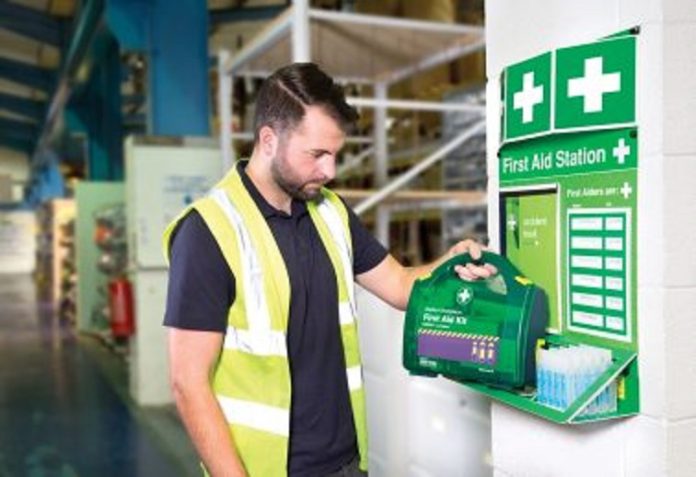Creating a first aid kit for a factory is essential to ensure the safety and well-being of employees in case of injuries or medical emergencies. The specific contents of a factory first aid kit may vary depending on the nature of the work, the size of the facility, and potential hazards. However, here is a general list of items to consider including in a factory first aid kit:
- Sterile dressings and bandages:
- Adhesive bandages (various sizes)
- Sterile gauze pads and rolls
- Adhesive tape
- Sterile eye pads

PC: EFAS
2. Wound cleaning and disinfection supplies:
- Antiseptic wipes or solution
- Hydrogen peroxide or saline solution for wound irrigation
- Cotton balls or swabs
- Tweezers for removing splinters or foreign objects
- Scissors
3. Personal protective equipment (PPE):
- Disposable gloves (latex or nitrile)
- Face masks
- Eye protection (safety goggles)
4. Basic medications:
- Pain relievers (e.g., aspirin, ibuprofen)
- Antihistamines for allergic reactions
- Antacids for digestive discomfort
- Epinephrine auto-injector (for severe allergic reactions if necessary)
5. First aid tools and supplies:
- CPR face shield or mask
- Instant cold packs
- Thermometer
- Emergency blanket
- Elastic bandages or wraps (e.g., for sprains)
- Sam splint or similar immobilization device
- Disposable resuscitation face shield

PC: Direct2U
6. Emergency contact information:
- List of emergency phone numbers (local emergency services, poison control, etc.)
- Company-specific emergency contact information
7. First aid manual or instruction booklet:
- Instructions on how to administer basic first aid
8. Burn care items (if applicable):
- Burn dressings or gels
- Burn bandages
9. Eye wash station (for facilities with potential eye hazards):
- Sterile saline solution for eye rinsing
- Eye wash station or eye wash bottles
10. Specialized equipment (if needed):
- AED (Automated External Defibrillator) if appropriate and trained personnel are available
Tourniquet (if workers are trained in its use)
It’s important to regularly check and maintain the first aid kit to ensure that supplies are not expired or damaged. Additionally, employees should receive training in basic first aid and know the location of the first aid kit and how to use its contents. Consider involving a qualified medical professional or occupational health expert to assess the specific needs of your factory and customize the first aid kit accordingly.






